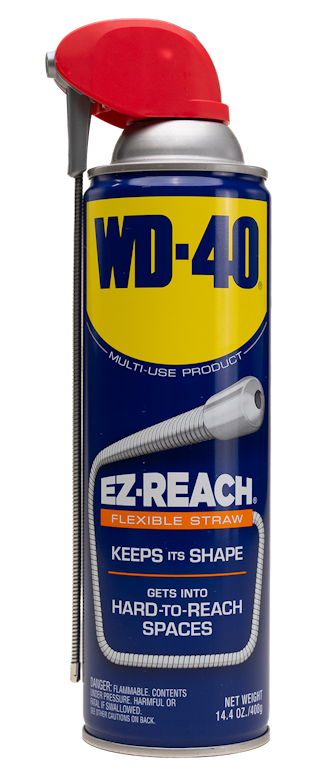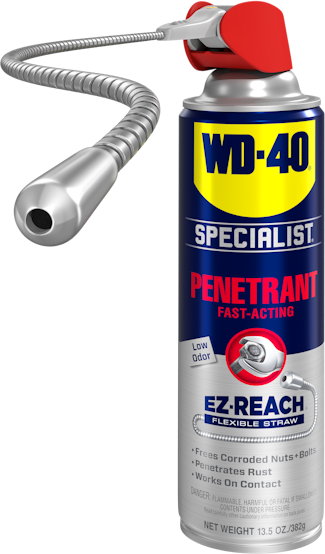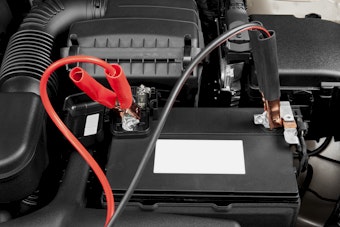Car Care 101: Oil Changes
Car Care 101: Oil Changes
<< BackApril Auto Care Month serves as a reminder to take care of your vehicles and stop problems before they start. Establishing routine maintenance habits helps ensure your car will last longer and cost less money for avoidable repairs and issues. Oil changes are one of the most common maintenance items on the list for automotive essentials, and whether you choose to do it yourself or take your car into a service center it doesn’t hurt to have a reminder to change the oil on schedule. Read below to take a look at effective oil changing practices.
Set a Routine
Not everyone grows up learning good automotive maintenance practices, so even if this advice isn’t for you it’s always helpful to look out for friends and family members who aren’t mechanically inclined. The standard routine for oil changes are every 3 months or 3,000-5,000 miles of driving. That said, different vehicle and engine types require different specifications and it’s a good idea to check what the owner’s manual has to say. After an oil change, develop a system or routine to remind yourself when the next one is due, such as a calendar notification, vehicle maintenance logbook, or note on your windshield.
DIY or Take it in?
Even if you already know how to change the oil on your car, there are some advantages to taking it into a shop. There’s often a quick inspection of other essential functions, such as air pressure, engine fluids, lights, and more. The shop also has an established method for disposing or recycling the oil, whereas you might have to take it to a specified location if done at home. The cost difference is often negligible, especially since some mechanic shops will give deals on oil changes as a stepping stone to conversations about other automotive care options. While some repairs and replacements might be needed, be careful about expenses that add up to more than you bargained for – you can always think about it and do the suggested changes later if you wish.
Oil Change at Home
For most cars, changing the oil is not a tough or complicated operation. Car and Driver offers a full description of how to go through the full process, get a play by play from a video on YouTube, or ask an experienced friend or family member to do it with you the first time.
What you’ll need:
- A way to lift the engine: car jack and jackstands or ramps.
- Oil reservoir, funnel to collect old oil
- (spare drain plug – some people replace it every oil change)
- Oil filter tool
- New oil filter (matched to your car’s year, make & model)
- Socket wrench + socket for drain plug, possibly an extender for the filter tool
- New oil that matches requirements to your vehicle (note: if you’ve used synthetic oil in the past, you must continue using synthetic oil)
Steps of the oil change:
- Raise vehicle to access the underside
- Remove drain plug and drain old oil into reservoir
- Remove old oil filter with a filter tool or wrench
- Replace drain plug and attach new filter
- Lower vehicle, fill with new oil
- Check oil level, inspect for leaks
If it’s your first time changing your own oil, we recommend researching further with some of the resources mentioned above or other trusted websites or sources. Having an experienced companion can be invaluable during your initial attempt so that you don’t miss something critical, such as filling with the wrong kind of oil or installing a filter on top of an old gasket (see more about double gaskets).
Pro Tip: For rusted or stuck drain plug bolts, use WD-40 Specialist® Penetrant with EZ-Reach® to free the bolt with the rust-busting action and penetrating power of this superior performance formula. The 8-inch flexible straw allows for easy access to the application points without extra disassembly.
FEATURED PRODUCTS
WANT TO GET MORE TIPS AND TRICKS?
SUBSCRIBE TO THE NEWSLETTER




